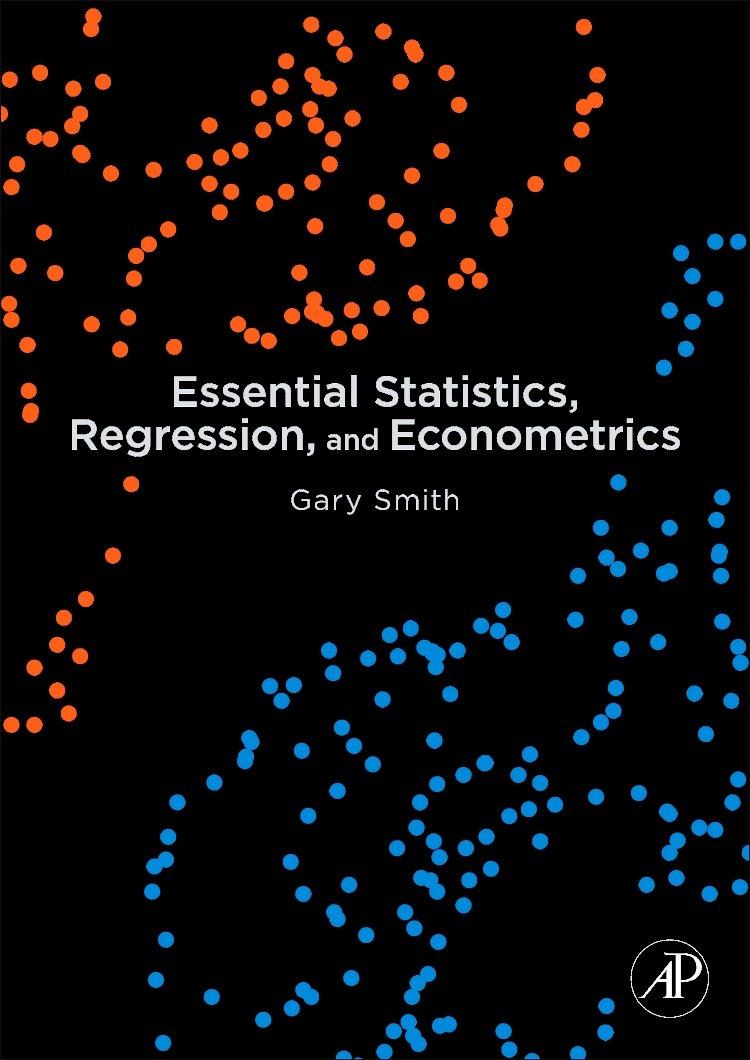A researcher used data on these three variables for 60 universities randomly selected from the 229 national
Question:
A researcher used data on these three variables for 60 universities randomly selected from the 229 national universities in U.S. News & World Report’s rankings of U.S. colleges and universities: Y = graduation rate (mean 59.65), X1 = student body’s median math plus reading SAT score (mean 1,030.5), and X2 = percent of student body with GPAs among the top 10 percent at their high school (mean = 46.6). He found a statistically significant positive relationship between SAT scores and graduation rate:
The standard errors are in parentheses and the t values are in brackets. He also found a statistically significant positive relationship between GPA and graduation rate:
But when he included both SAT scores and GPAs in a multiple regression model, the estimated effect of GPAs on graduation rates was very small and not statistically significant at the 5 percent level:
a. He suspected that there was an error in his multiple regression results. Is it possible for a variable to be statistically significant in a simple regression but not significant in a multiple regression?
b. Do you think that X1 and X2 are positively correlated, negatively correlated, or uncorrelated?
c. If your reasoning in b is correct, how would this explain the fact that the coefficients of X1 and X2 are lower in the multiple regression than in the simple regression equations?
Step by Step Answer:

Essential Statistics Regression And Econometrics
ISBN: 9780123822215
1st Edition
Authors: Gary Smith





